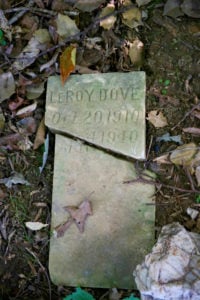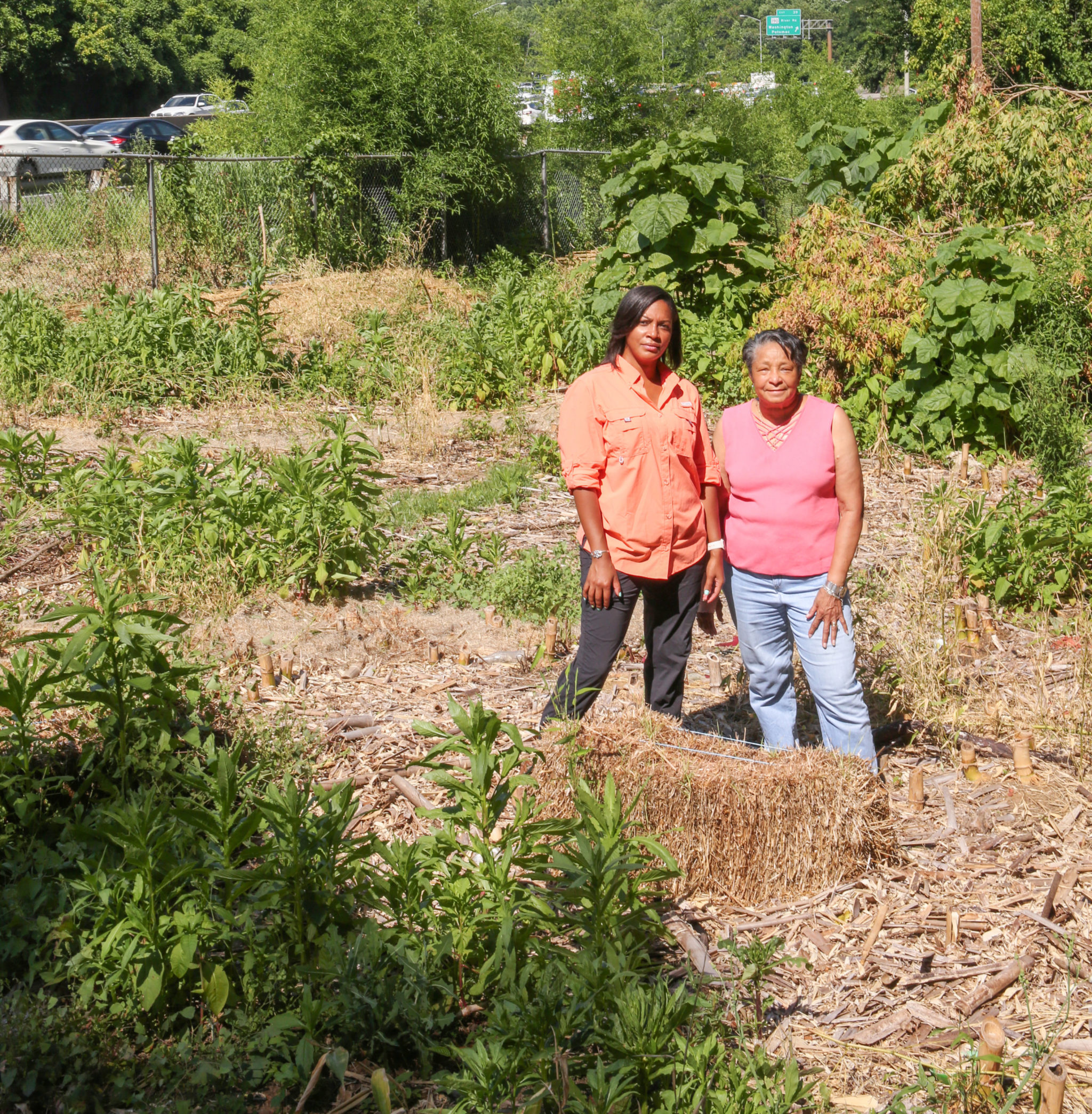Tucked away in the woods of Cabin John, behind a cluster of modern homes and mere yards from whooshing Beltway traffic, sits what’s left of the Morningstar Tabernacle No. 88 Order of Moses Cemetery, the final resting place for dozens of African Americans who died between 1894 and 1977. If you didn’t know it was there, you’d never find it, which is fine, because it sits on private property and unauthorized visitors aren’t welcome. And until recently, there hasn’t been much to see—just a few surviving markers.
But an ongoing effort to document and preserve the site has lately brought unusual activity to the cemetery, and today, neat rows of orange flags mark likely graves. A team working for Maryland’s Department of Transportation—led by archaeologist Julie Schablitsky—is using ground-penetrating radar technology to determine where unmarked graves are. The project has a certain amount of urgency, as a planned expansion of I-495 threatens to engulf land that could contain graves. That looming possibility recently landed the cemetery on the National Trust for Historic Preservation’s 2021 list of the country’s most endangered historic places.
For relatives of the people interred there, it’s an emotional situation. Recently, one such descendant, a retired Lockheed Martin employee named Diane Baxter, offered to show us around, along with archaeologist Alexandra Jones, who led the earliest efforts to investigate the site and is helping steer the preservation effort. Around 2000, Baxter learned that her great-grandparents were buried there, but she wasn’t able to actually locate the cemetery until a few years ago. “Part of me, my DNA, is in here somewhere,” said Baxter, stepping through the area’s unmanicured foliage. She’s still searching for the exact whereabouts of her ancestors’ remains, as are most of the descendants. She and her cousin cried the first time they came.
The cemetery was established around 1885 as part of a settlement called Gibson Grove, which was built by Black residents, some of them formerly enslaved. You can still see the foundation of the community’s meeting hall adjacent to the graveyard. (It burned down in the 1970s.) When the nearby stretch of Beltway was built in the early 1960s, it sliced through Gibson Grove.
The situation with the highway expansion hinges on the exact boundaries of the graveyard, which are difficult to determine due to the lack of tombstones. If the radar-scanning project does find graves that would be disturbed by the 495 project, it’s unclear what would happen. One possibility is that remains could be moved to another part of the cemetery. For Baxter, even the mere possibility that burial sites could be built over is unfathomable: “It would be a travesty. It’s not something I could possibly understand. It just can’t happen.”
This article appears in the August 2021 issue of Washingtonian.


















